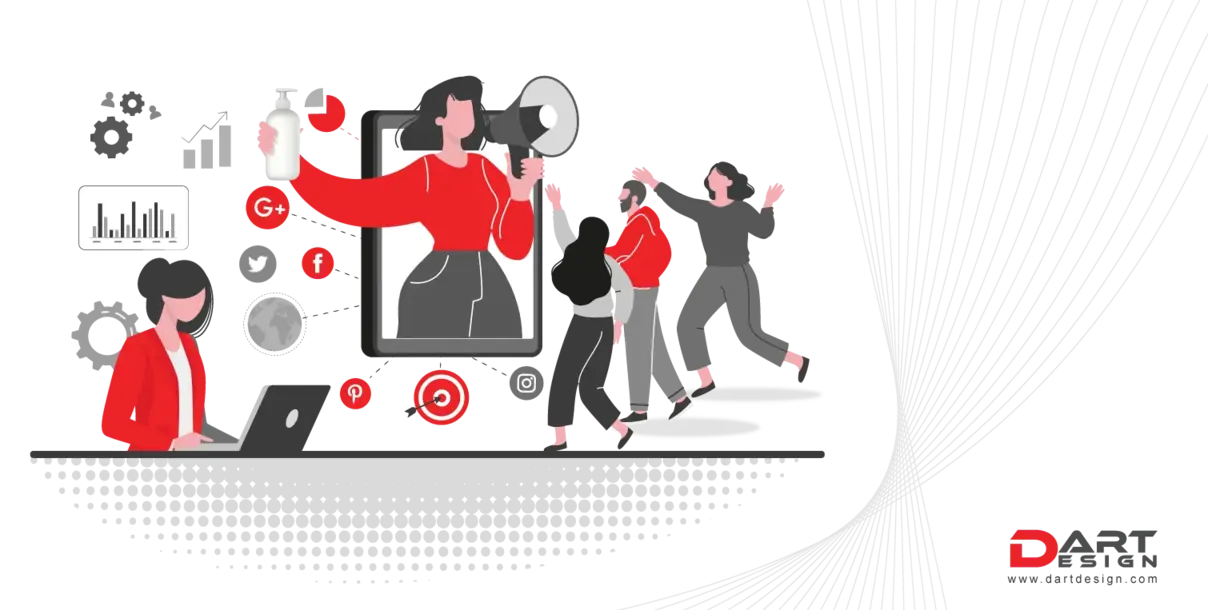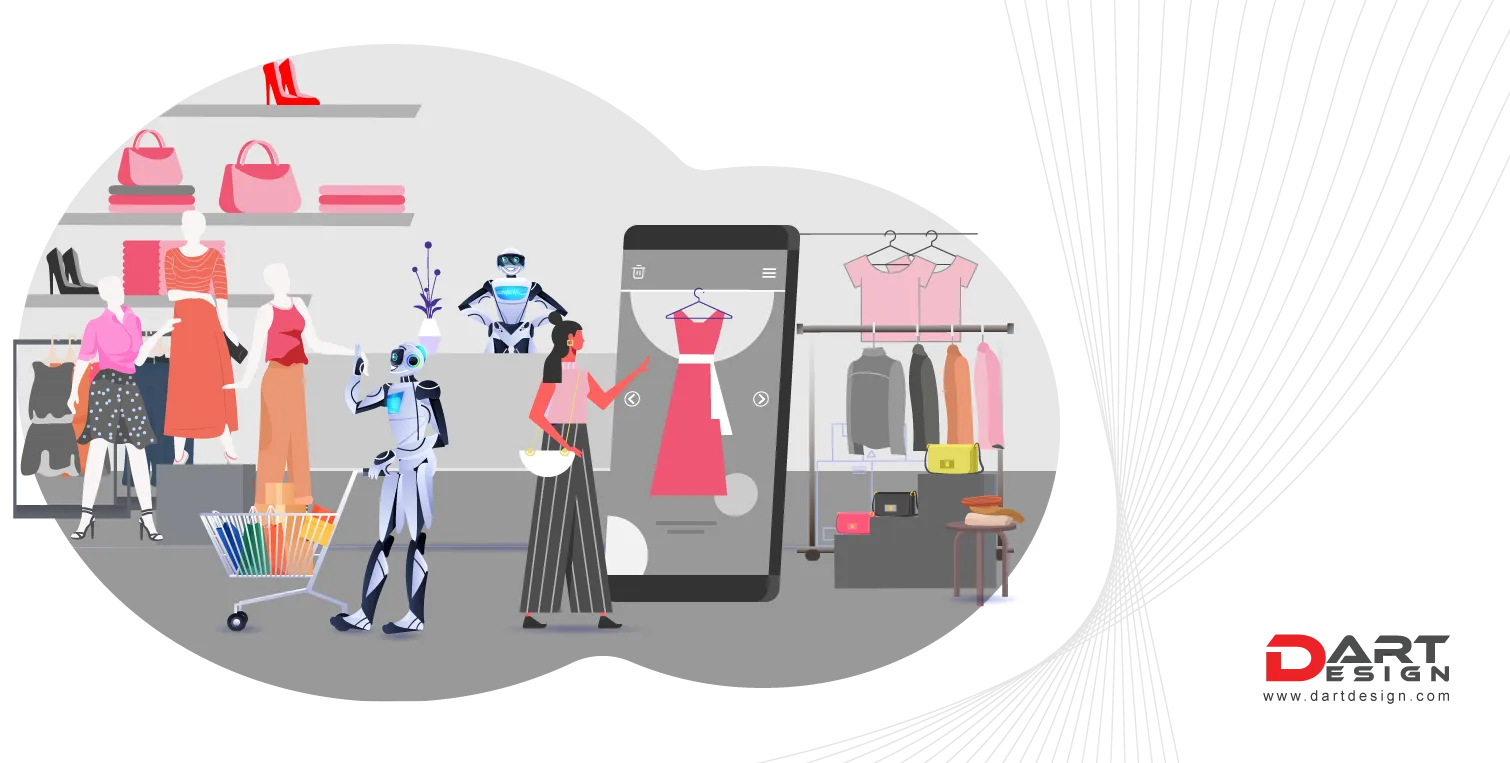Why does loyalty matter?
Can it be termed as per “what you sow, what you get”? Brands design products to meet the ‘needs and want on satisfactory notes. In return, they expect relationships that are profitable and loyalty induced. Loyalty matters the most, as the brand committed to providing experiences through its products/services needs a committed consumer base to make the wheel churn.
Market shares for a business are vital to mark its impact in clutter and to win branded battles. For a market, there are numerous stake holders claiming the throne; some falsely, some truly. But what reality says – the consumer is the jury to decide while purchasing post experiencing the product in its true form. Now, allow me to clear the mess that brand marketing strategy is not just blotting your product to the top place. It’s the value it provides as the usage cycle moves on. And that can only be attained from the experience that the brand bakes for the consumer.
Loyalty matters a lot when a brand places its new product(s) in the market. It’s the prime factor that helps in creating buzz. So, per se, whenever Steve Jobs’s brainchild scheduled a new release, the loyal consumers bombarded the socials, b&m stores, and much more. That’s the power when you win your customer’s loyalty.
The role of strategies
It all depends on the value your product adds to the life of your consumers. When your product is a problem-solver or solution-giver, strategies placed to make them stand-out nourish well. Whether it is product strategy, marketing strategy, buzz strategy, or any other kind, repeating, it’s the experience that laces the consumer and the product. To say surroundingly, strategies complete the full circle in bringing loyalty to the table. Yes, with profits.
The determinants
Following are the determinants loyalty-
● Perceived value
The post purchase value that a consumer gets off the product. For a layman to understand, “Value for money” that chills down the consumer after using the brand’s product. The blur comes when the market gets cluttered due to many brands competing on the same lines. The major players sometimes strive to get the upper hand. Every other brand is like “We got the Eureka Moment”.
● Brand image
It’s a matter of the time that brand’s builds and paints its image in front of consumers. What you get from the society depends on what you give to the society. Brand that cares about various vulnerabilities stands strong amidst fierce competition. Moreover, we can relate brand image to the impression that a consumer gets at the first place. In business you can have the opportunity to repaint the affected image through different PR activities.
● Brand trust
Gain that trust thou brand. Business comes and goes on trust. When your investors and various stake holders don’t have trust in you anymore, the problems are evitable. Similarly, consumers are the most important stake holders of a brand. They expect returns in different forms, two of the abiding factors are mentioned above. Trust gone wrong can be a bazooka aimed at the brand. It can adversely affect the overall equity.
Loyalty P2P (Program to Platform)
Develop loyalty from basic functionalities (earn and burn, offers) in conjunction with personalization at higher levels.
Acquaint with advanced features (surprise, delight, and paid) to crack micro-segmentation.
To fulfil consumer’s cross-sectoral needs, inculcate the brand’s own products/services with external partnerships in a single integrated experience.
Develop new sources of value to trigger loyalty.
Fostering Loyalty
A brand can foster and induce loyalty through the target, engagement, personalization, ecosystem, and data usage. The deliverance of business objectives as per focused specific consumer behaviors to drive incrementality.
Charge consumers with signature experiences across various touchpoints. Plus, tailored experiences for segmented consumers helps to drive loyalty in effective ways.
A brand can harness the consumer in the ecosystem through a network of internal and external assets. And it has become important to imbibe the consumer to single or multi branded ecosystems.
At last, using the data to map out behaviors and developing room for improvements and improvisation is necessary for brand in this digital world.




